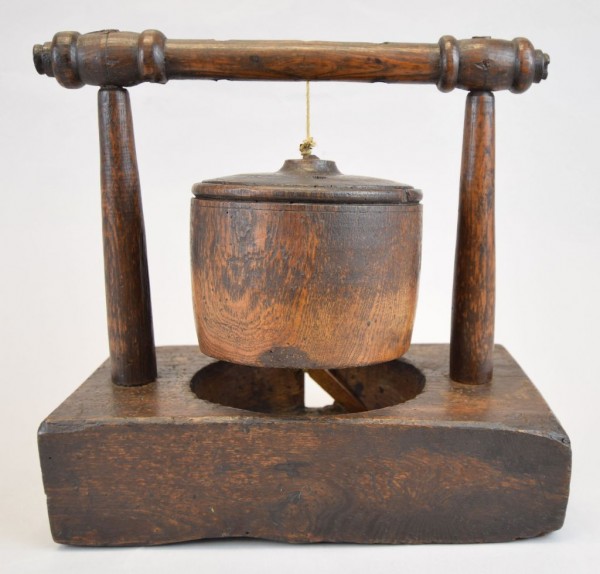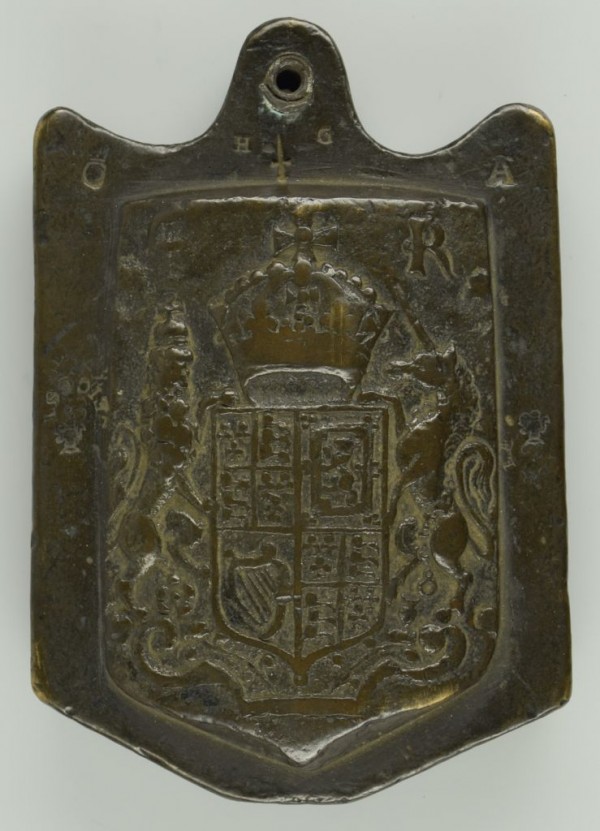Rural Life
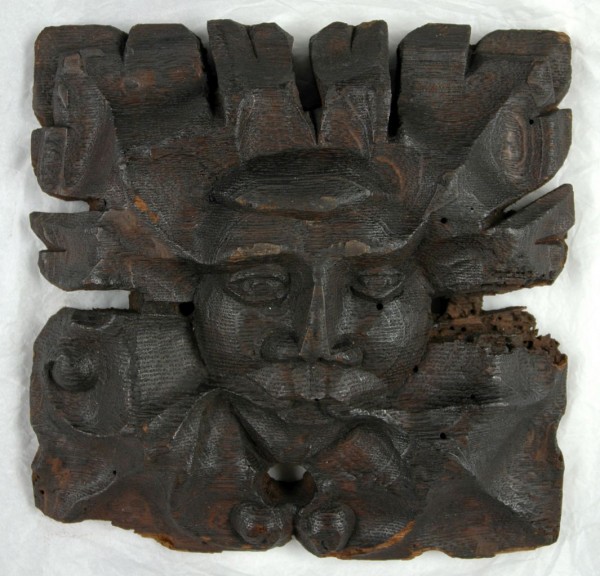
During the Middle Ages - also known as the Medieval period - around 800 years ago (AD 1066 - 1539), religious centres such as monasteries, abbeys, friaries and priories were important parts of society. As well as being places where people devoted their lives to the worship of God, they were also centres of learning and culture. Many of them became important economic centres and their leaders were often involved in the political life of the country. Different religious Orders set up their own centres. For example, the Augustinians had a priory at Ulverscroft, a nunnery at Grace Dieu, and an abbey in Leicester. The Cistercians had an important abbey at Garendon near Loughborough.
Owston Abbey was an Augustinian monastery, founded in the late 12th century. This wooden 'Green Man' carving came from the screen in the Abbey church. It was cut out during renovations in the 19th century. The Green Man has a long and interesting history as it appears in both non-Christian and Christian traditions. The Green Man has been associated with seasonal rebirth and renewal and as such transferred easily into Christian imagery.


Robert Bakewell Mounted on a Bay Cob by John Boultbee
This portrait is of a Leicestershire farmer who improved and changed every aspect of eighteenth century farming. Robert Bakewell (1725-1795 ) was born and lived at Dishley Grange Farm near Loughborough where his father and grandfather had farmed before him. Here he carried out experiments on the watering and manuring of pasture land to gain the greatest amount of meat per acre. There was great demand to feed the rising numbers of local industrial workers in Loughborough and Leicester. He also carried out selective breeding of his livestock and is one of the main pioneers of scientific stockbreeding.

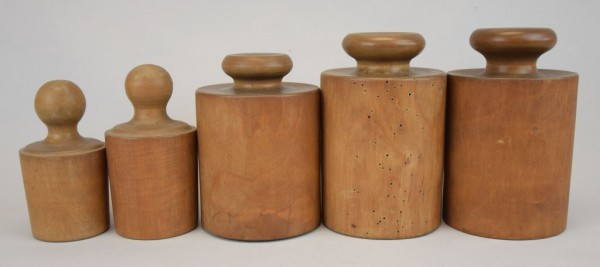
Pork Pie Moulds
One of Leicestershire's most celebrated exports is the pork pie, and Melton Mowbray pies have a protected status. The pastry is raised by hand around moulds like these before being filled with uncured pork and baked. Because they are baked without a hoop or tin, the pies have a distinctive rounded shape. When Melton became a centre for foxhunting in the 19th century, the pies' popularity spread beyond the area.

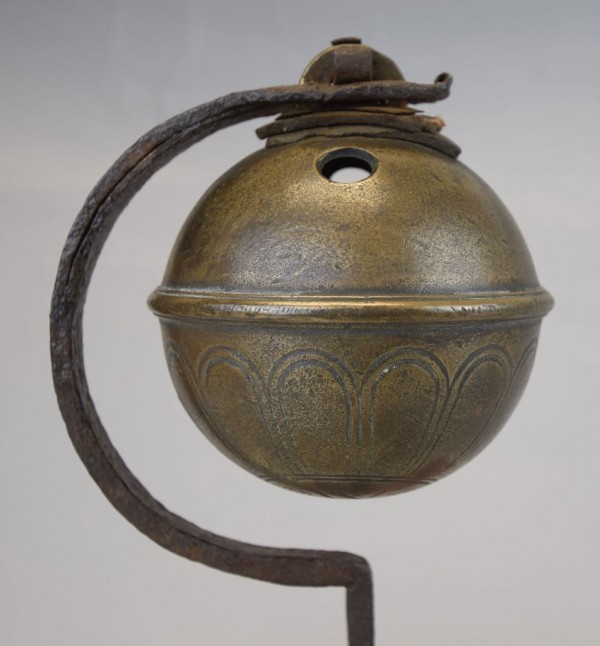
Packhorse Bell
Packhorse routes from major towns and cities to smaller communities who depended on them for the movement of goods. Between twenty and forty horses would make up a team or train. Each animal carried basketry panniers and could carry a load of up to 100kg. The leading pony had a bell like this which helped keep the whole train together and warned people of their approach. The iron spike would attach to the halter.


